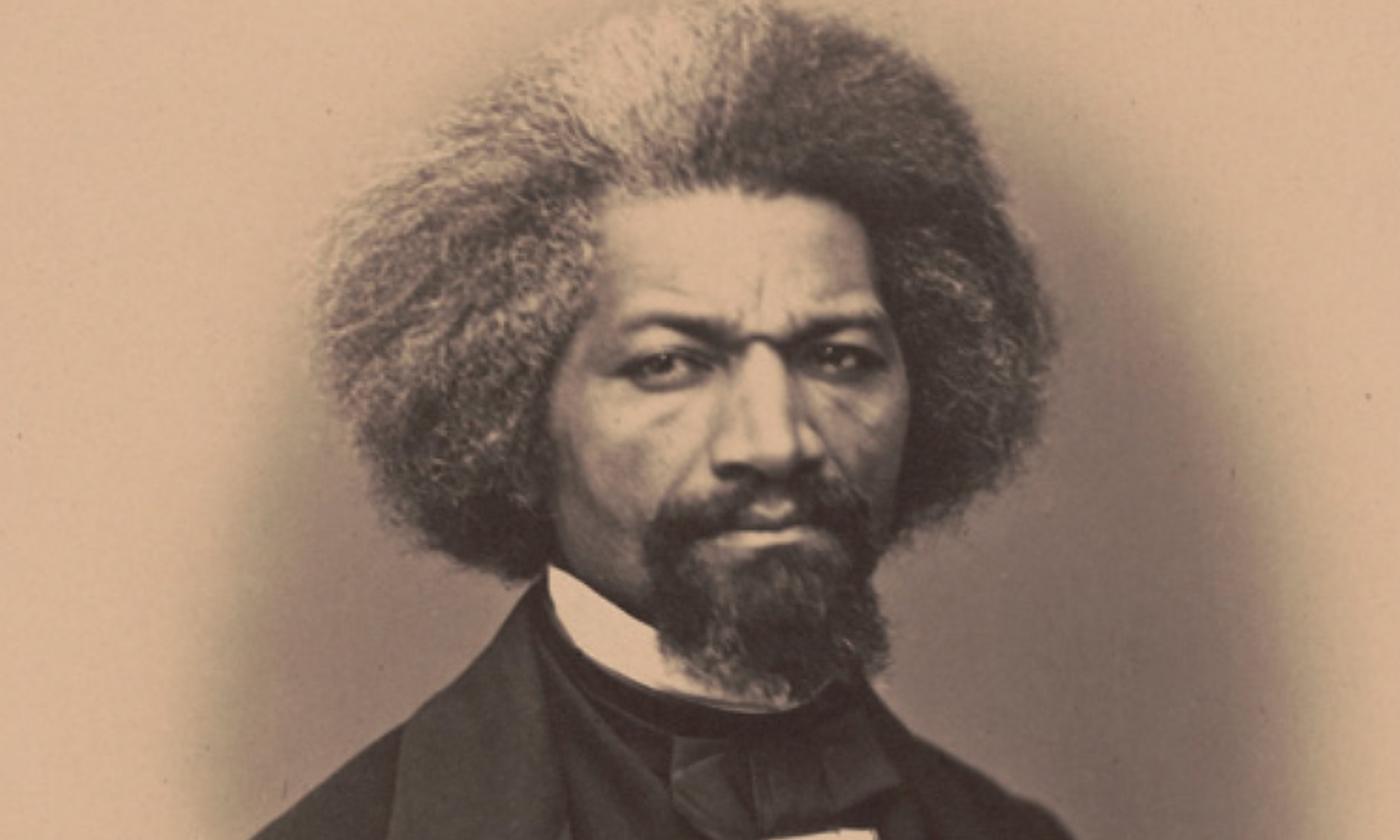
Frederick Douglass
Writer, abolitionist, and political leader.
Frederick Douglass
Slave Life And Education
Douglass' early life included separation from his mother, being raised by his grandmother, and witnessing the harsh realities of slavery in Maryland.
His relocation to Baltimore introduced him to Sophia Auld, who initially taught him to read until her husband forbade it. Douglass persisted in the pursuit of knowledge, teaching himself in secret by slowly gaining literacy through various means, including using shipyard markings. During this time, he also found solace in religion.
Douglass's life with Thomas Auld in St. Michael's, Maryland, was marked by harsh conditions and religious hypocrisy. Douglass faced starvation and neglect under the care of Thomas and Rowena Auld. Despite attempting to continue his studies and teaching at a Sabbath school, Douglass faced interference from individuals who threatened the use of violence.
Covey and Visions of Freedom
In 1834, Douglass was sent to work for Edward Covey, known as the "Negro Breaker," beginning a year of severe servitude. Covey subjected Douglass to grueling work and brutal beatings. Despite a broken hand, Douglass resisted Covey's oppression, marking a turning point in his determination for freedom.
Released from Covey's control in 1835, Douglass worked for William Freeland, a relatively humane slaveholder. Still, Douglass, along with other slaves, plotted an escape in 1836, leading to capture and jail time in Easton.
In 1836, Douglass became an apprentice at a shipyard under William Gardiner but faced abuse from fellow workers. After a severe conflict, his arrangement with Gardiner was revoked, and Douglass started an apprenticeship with Walter Price.
Douglass's desire for freedom persisted, and he planned his escape, which was executed on September 3, 1838. He traveled from Baltimore to Philadelphia and then to New York. Facing homelessness and financial challenges, Douglass connected with the New York Vigilance Committee and eventually settled in New Bedford, Massachusetts.
A Masterful Orator, Freedman, and Editor
Douglass's life in Massachusetts involved acquiring employment, reconnecting with Father Lawson, and discovering abolitionist literature. Encouraged by William C. Coffin, Douglass addressed the Anti-Slavery Convention in 1841, marking the beginning of his career as an orator.
In 1845, fearing recapture and violence, Douglass sailed to England, where he received respect and support despite facing racial prejudice.
In August 1845, Frederick Douglass arrived in Liverpool, continuing his abolitionist mission by touring throughout Europe. Encouraged by positive receptions, he published the Dublin edition of his biography, utilizing the proceeds for further travels. With the support of friends, Douglass purchased his freedom for $711.66 in October 1846, marking his transition to a freedman.
Returning to the U.S. in 1847, Douglass launched his newspaper, The North Star, in Rochester, New York, aiming to expose slavery's horrors. Despite facing opposition, he persisted, changing the paper's name to "Frederick Douglass' Paper" and publishing Douglass's Monthly until 1863.
Engaging in politics, Douglass actively participated in the Liberty Party, becoming Vice President in 1852. Additionally, Douglass played a pivotal role in the Underground Railroad, serving as a station master and conductor, aiding numerous escaped slaves in their journey to freedom.
Men Of Color, To Arms!
Douglass participated in the 1860 Presidential election as a presidential elector, witnessing the intensifying debates on slavery.
After Lincoln's victory in the election, rising tensions in the South fueled apprehensions about the war. In 1863, Governor John A. Andrew received approval to form colored regiments, enlisting Frederick Douglass to recruit African Americans for the Union.
"Men of Color, To Arms,"was Douglass's address, which encouraged African Americans to secure their freedom. Traveling extensively, Douglass recruited men, including his sons, who served patriotically.
The Visit To St Augustine
On April 7, 1889, Douglass arrived in St. Augustine by utilizing the train service offered by the Jacksonville and St. Augustine Rail Road Company. Upon arriving at the Genovar Opera House in the Oldest City at 117 St George St (now Prohibition Kitchen) he was greeted by 700 residents.
Mayor William W. Dewhurst introduced Douglass, who received a hearty welcome. Douglass discussed his ongoing endeavors to secure equal rights for African Americans during his speech. He departed later that day, returning to Jacksonville.
An Enduring Legacy
Post-war, Douglass continued advocating for freedom and equality, presiding over Freedom's Bank and serving as a U.S. Marshal in 1877. He later held diplomatic roles in Haiti and Santo Domingo.
Douglass passed away on February 20, 1895, leaving a lasting legacy as an iconic figure in the fight for human rights, justice, and liberty.
Resources
Online Resources
- Tap here to read the full text of Life and Times of Frederick Douglass : His Early Life as a Slave, His Escape from Bondage, and His Complete History, courtesy of Project Gutenberg.
- Tap here to read about the diplomatic career of Frederick Douglass, from the National Museum of American Diplomacy.

